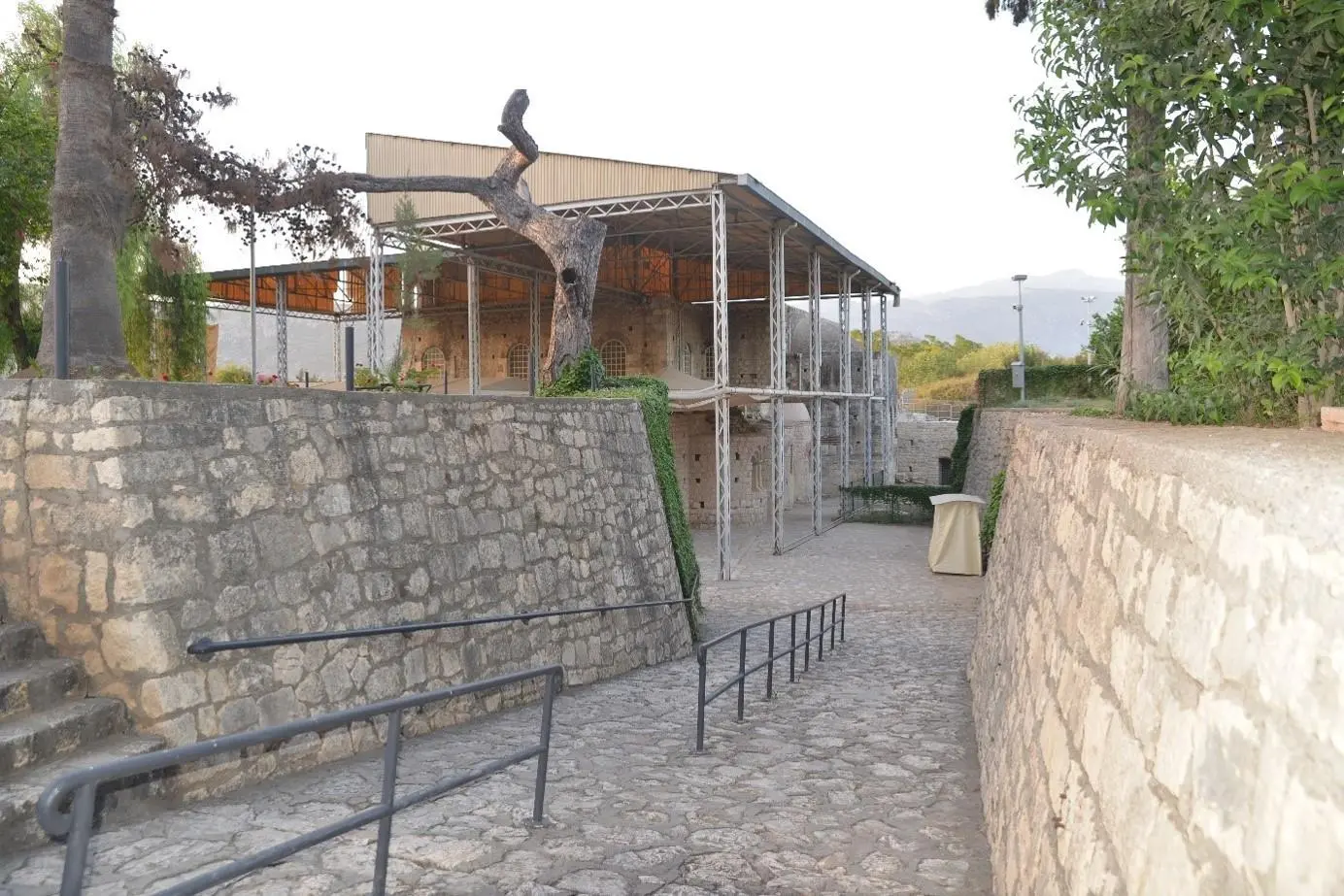Church Of Saint Nikolas
Description
In the mid-5th century, during the reign of Emperor Theodosios II (408-450), Myra became the capital of the province of Lycia. During these years, the existence of Nikolaos' memorial building in Myra is known. In 529, after the great earthquake in the region, Emperor Iustinianos I (527-65) restored this building. Period sources mention the tomb structure or church of the saint in Myra in 530.
Although the first building period of St Nicholas Church is not known for certain, it is accepted to be a basilica built in the 6th century based on historical and architectural data. In the 8th century, either as a result of an earthquake or as a result of attacks from the south, the church was rebuilt in the 9th or 10th century in a domed basilica plan. After this period, the church of St Nicholas underwent many periods of repair and additions. In the 11th century the inner narthex was decorated with wall paintings. These paintings include important "council" (religious meeting with the participation of the emperor and bishops, where religious decisions were taken) scenes, which reflect the stylistic characteristics of the period in the development of Byzantine painting.
The most important restoration in the history of the church is the renovations carried out by the emperor Constantine IX Monomakhos (1042-1055) and his wife Zoe. An inscription dated 1 September 1042 in the church today documents the renovation works of the emperor and his wife in Myra. In the Middle Ages, Myra became a port of call for pilgrims travelling to Jerusalem by sea, and the church of St. Nicholas became a place of pilgrimage for the faithful. In 1087, when the merchants from Bari, who were travelling from Italy to Jerusalem by sea, stopped in Myra, they opened the tomb of St Nicholas and smuggled his bones. The sacred relics are preserved today in the Church of San Nicola, built in the name of the saint in Bari. The 12th century wall paintings depicting scenes from the life story of St Nicholas in the burial chamber in the south of the church are the only examples of the Saint's Cycle in Turkey.
The 12th-13th century "Communion" scene (Jesus offering bread and wine to his disciples) on the dome of the "Prothesis" (preparation room for the liturgy) in the northeast of the church; the wall paintings in the 3rd South chapel, which include the Deesis scene from the 13th century, and the marble panels in the opus sectile technique made in fine workmanship on the floor of the church are important examples of Byzantine art. According to architectural and archaeological data, it is accepted that the additional buildings and the episcopal building (episkopeion) to the north of the church were built in the 11th-12th centuries.
In the late 12th century, the bed of the Myros Stream changed as a result of a natural disaster, and the city of Myra, the church and the annexes to the north were filled with alluvial soil by muddy flood waters from the north. Today, the urban fabric is approximately 6.00 metres above the ground level of the church. The building continued to retain its importance in the 19th century; a new bell tower was built during the excavation and repair works of the Russian Archaeological Institute in 1862-63 under the auspices of the Russian Tsar Nikolai I.
After the cleaning and repair works of the Antalya Museum in 1963-64, the architecture, architectural elements and opus sectile panels of the church were examined within the framework of the Myra project of the German Archaeological Institute in 1965. In the 1980s, Antalya Museum covered the southern part of the building with a steel and plastic roof due to the problems in the covering system of the church. During the excavations conducted between 1989 and 2009 under the direction of Prof. Dr. Yıldız Ötüken from Hacettepe University, monastic structures, Episkopeion (episcopal structure), places related to the daily life of the monks and tombs were found in the northern area of the church. Currently, excavation, conservation and repair works are being carried out by Hacettepe University under the direction of Prof. Dr. Sema Doğan.
Short Description
In the mid-5th century, during the reign of Emperor Theodosios II (408-450), Myra became the capital of the province of Lycia. During these years, the existence of Nikolaos' memorial building in Myra is known. In 529, after the great earthquake in the region, Emperor Iustinianos I (527-65) restored this building.







